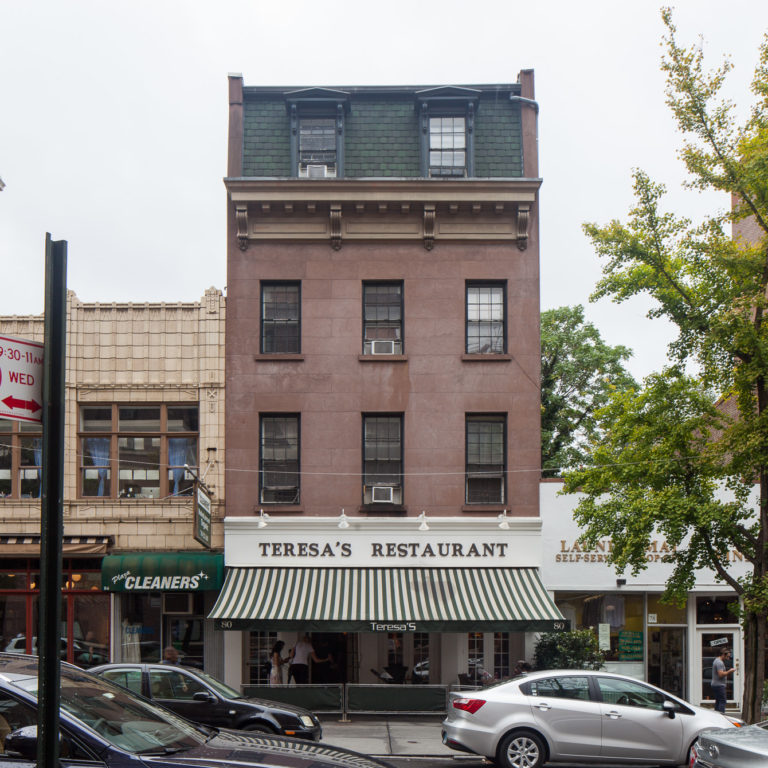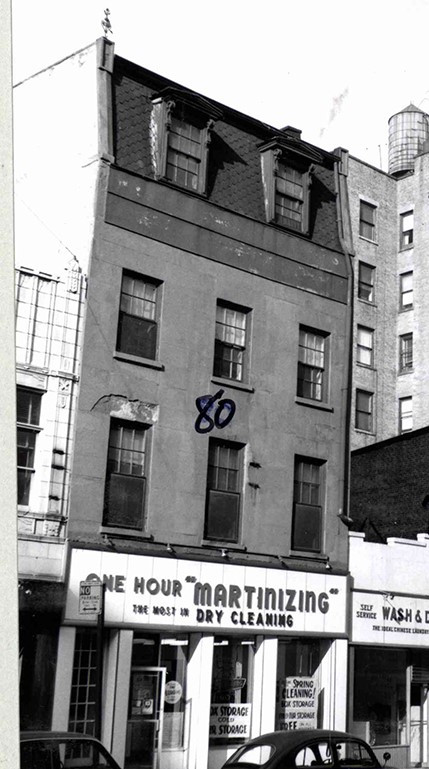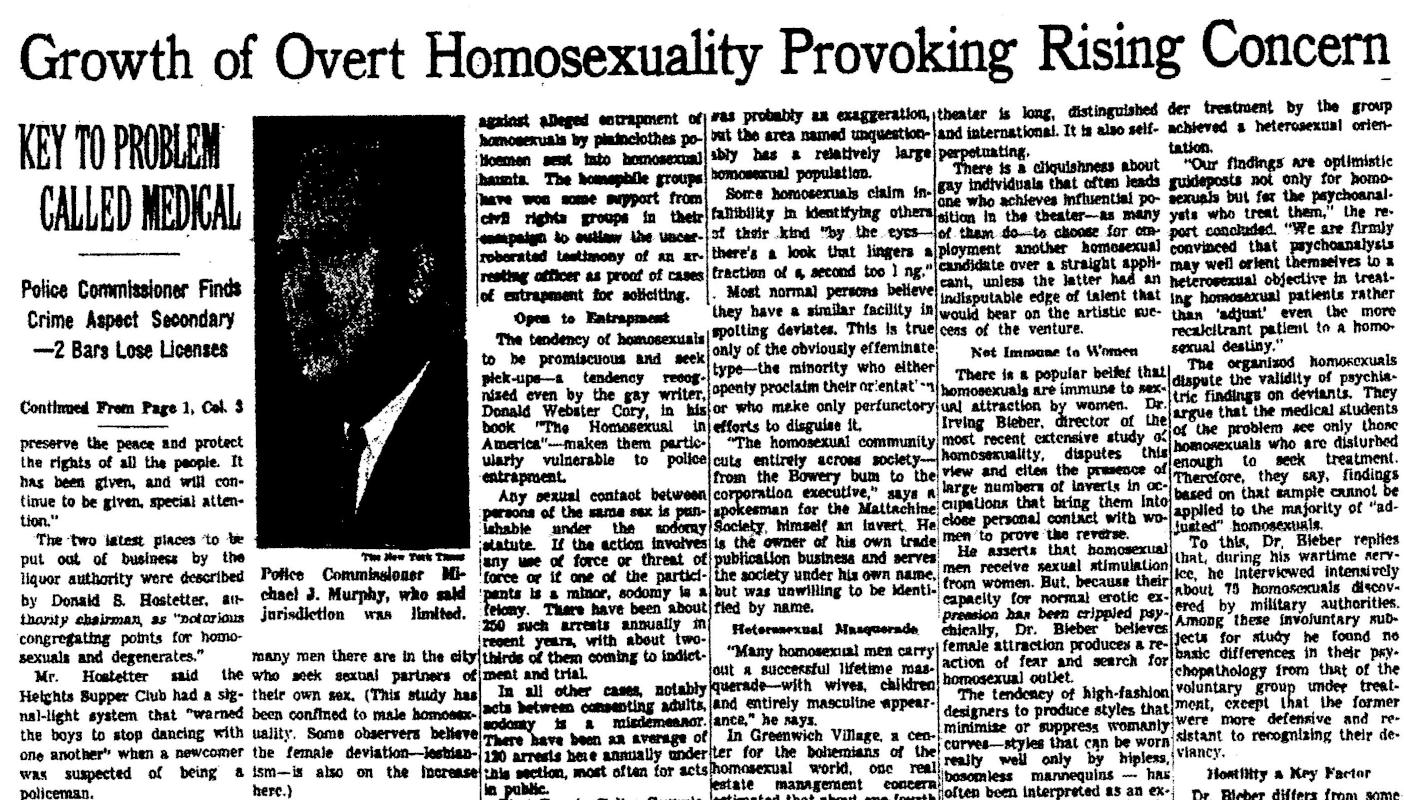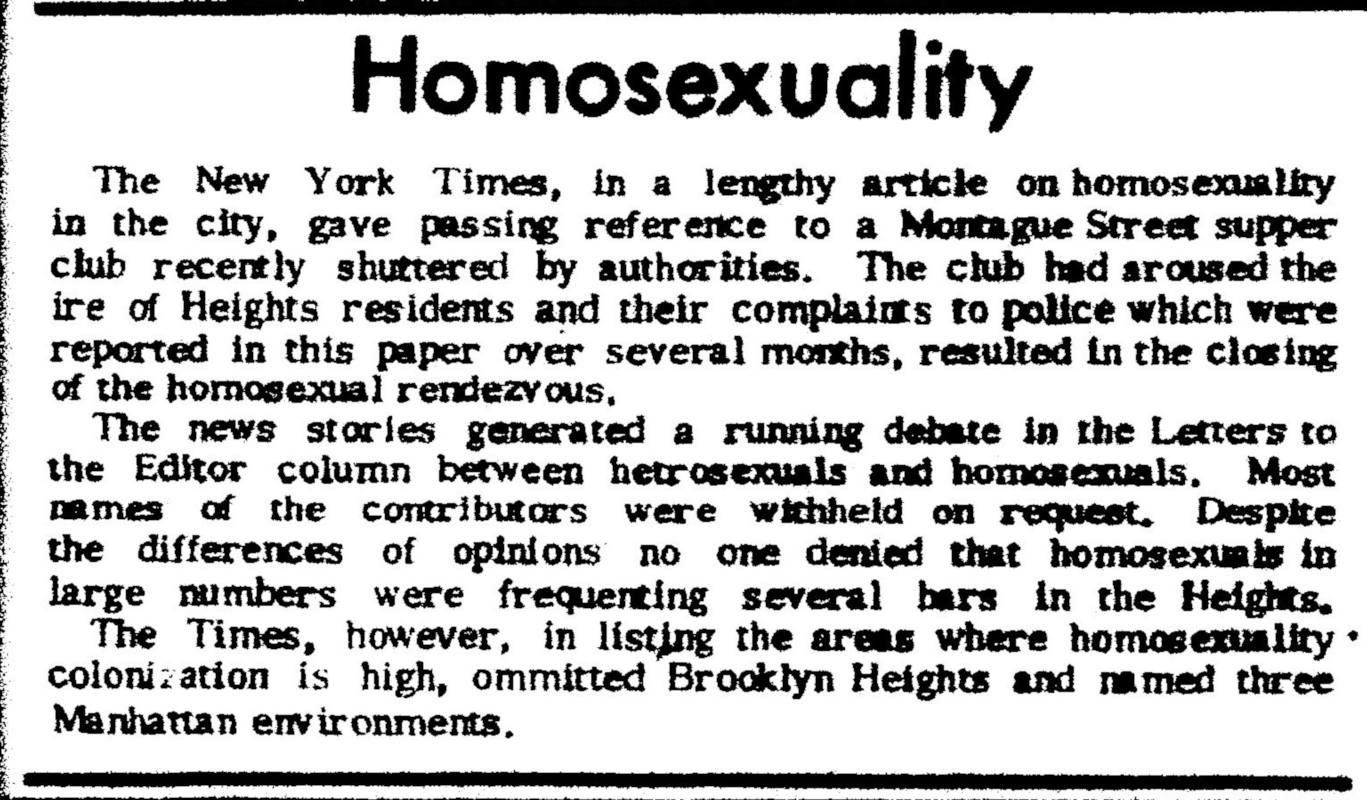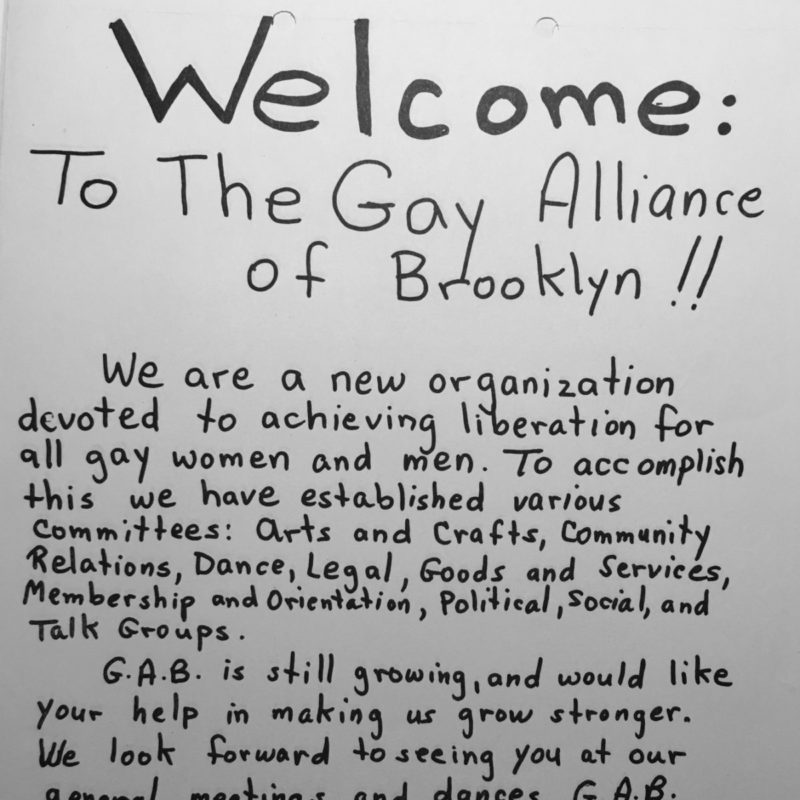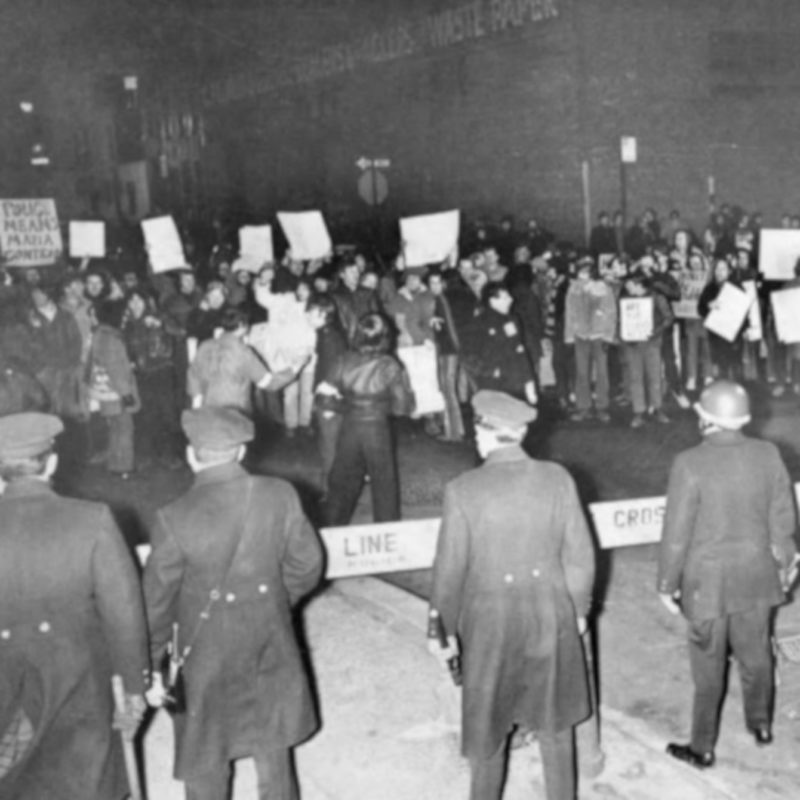overview
From 1962 to 1963 the Height’s Supper Club was one of the first bars in Brooklyn to cater to a gay male clientele.
After the State Liquor Authority revoked its license the bar gained notoriety when it was featured in a front page New York Times article on gay life in New York City.
History
In December 1961, Martha and William Leaver took over the failing restaurant and liquor license of the Heights Supper Club, which had been operating at 80 Montague Street since 1950. While the old restaurant had relied on a straight clientele, the new owners decided to appeal to the growing number of gay men who lived in Brooklyn Heights or visited to participate in its active gay scene, which included a number of well-known cruising places (notably the Promenade) and several popular mixed bars that permitted a certain amount of same sex cruising. The Heights Supper Club appears to have been one of the first bars in Brooklyn to have catered to a gay male clientele. Opening at a time when members of the LGBT community were subject to arrest on a morals charge for “solicitation” or “disorderly conduct” and a bar could lose its license for serving drinks to known or suspected gay men or lesbians, the new owners installed a system of lights that would flash when a someone suspected of being a police officer entered the premises.
The club soon drew complaints from straight Brooklyn Heights residents and became the target of police undercover operations. In September 1963, The Brooklyn Heights Press reported that within a period of three weeks there had been three morals arrests at the bar and a bartender had been charged with third degree assault for blocking and shoving a policeman who was attempting to see what was happening in the men’s room. The club closed in October, and in December the New York State Liquor Authority revoked its license finding that it was “a notorious congregating place for homosexuals and degenerates.”
Though only briefly a gay bar, the Heights Supper Club gained notoriety when its closing was the inspiration for a long New York Times front page article that examined gay life in the city and then current theories on homosexuality, concluding despite interviews with leaders of the Mattachine Society and Randy Wicker, in the words of historian Charles Kaiser, that “the only good homosexual was one who was determined to become a heterosexual.”
Entry by Gale Harris, project consultant (May 2019), and made possible by the New York State Council on the Arts with the support of Governor Andrew M. Cuomo and the New York State Legislature.
NOTE: Names above in bold indicate LGBT people.
Building Information
- Architect or Builder: undetermined
- Year Built: c. 1857-67
Sources
Business Records,” The New York Times, November 30, 1961.
Charles Kaiser, The Gay Metropolis: The Landmark History of Gay Life in America (New York: Grove Press, 1997, 156-159. [source of Kaiser quote, 159]
5 Liquor Licenses Canceled by State,” The New York Times, March 1, 1964, 53.
Fred Wasserman, “Brooklyn Lesbian and Gay History Exhibition Project Notes, “[Compiled for the Brooklyn Historical Society, 1993-1994], 18.
Homosexuality,” The Brooklyn Heights Press, December 19, 1963, 1.
Hugh Ryan, When Brooklyn Was Queer (New York: St Martin’s Press, 2019), 268-270.
Notice is Hereby Given that License No. 2RL-14105 Has Been Issued,“ Brooklyn Daily Eagle, December 19, 1961, 19.
Notice to File Claims,” Brooklyn Daily Eagle, March 9, 1962, 7.
Robert Doty, “Growth of Overt Homosexuality in City Provokes Wide Concern, The New York Times, December 17, 1963, 1, 88.
Sulieman Osman, The Invention of Brownstone Brooklyn (New York: Oxford University Press, 2011), 114-118.
Third Morals Arrest in Bar in 3 Weeks,” The Brooklyn Heights Press, September 5, 1963.
Do you have more information about this site?
This project is enriched by your participation! Do you have your own images of this site? Or a story to share? Would you like to suggest a different historic site?
